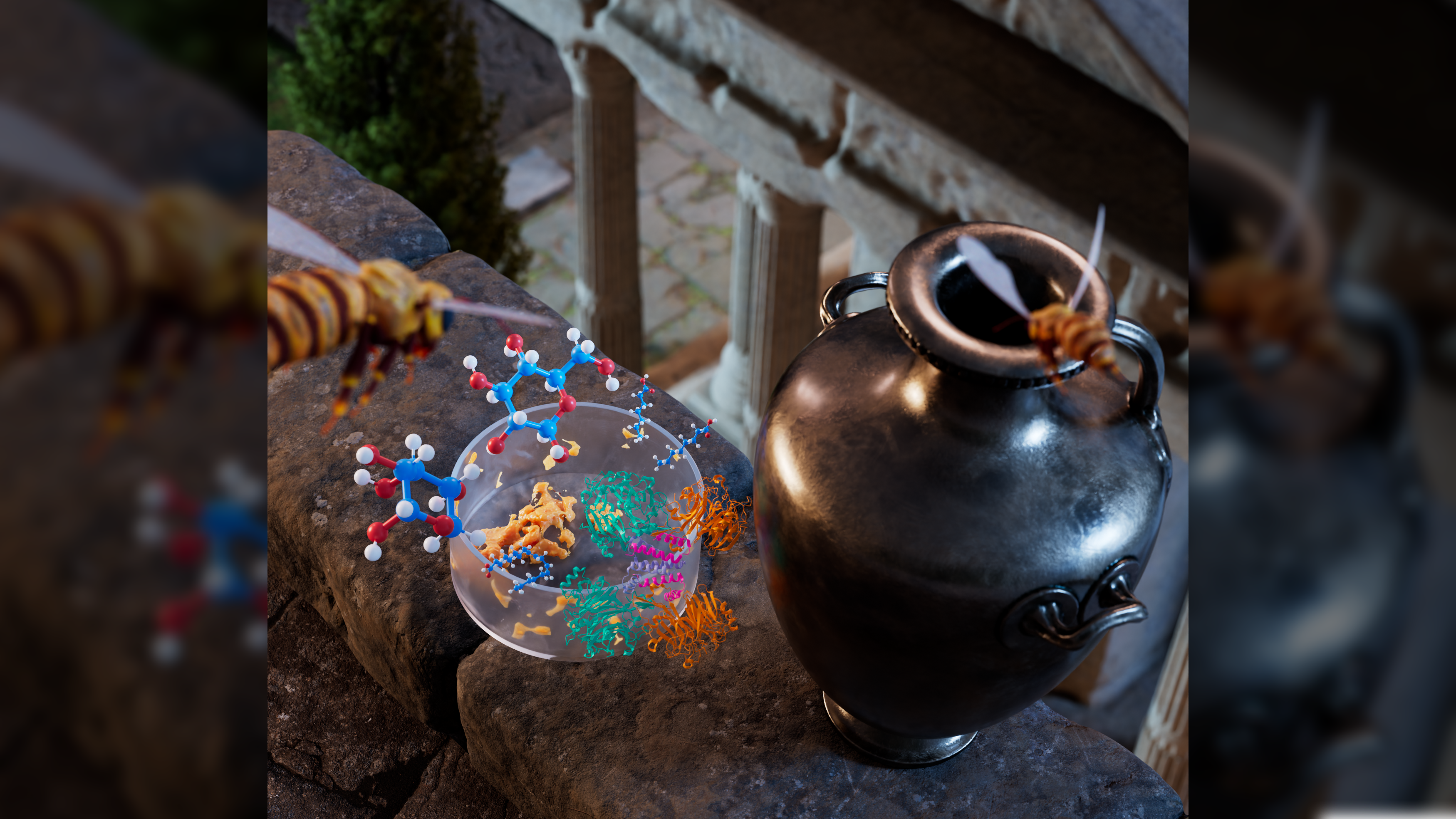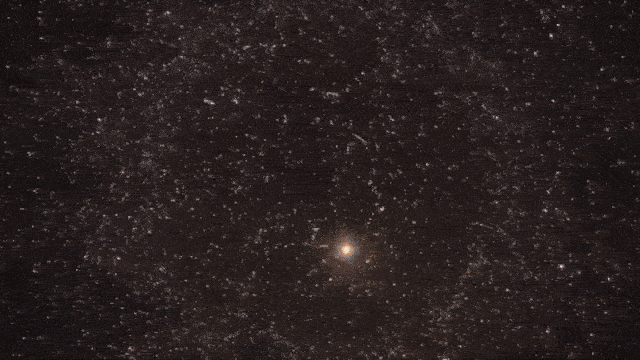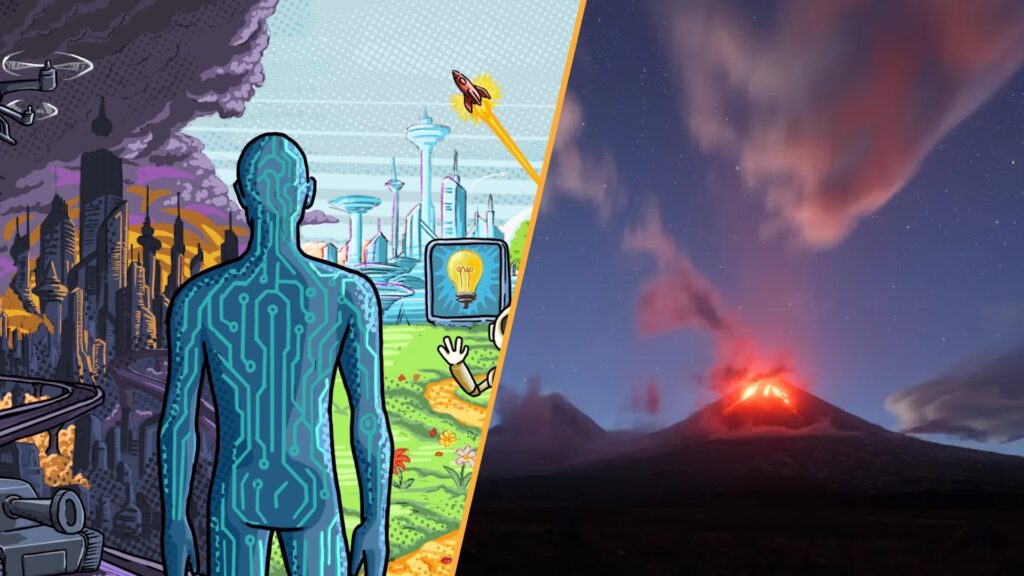In this week’s science news, a magnitude 8.8 megaquake hit off the coast of Russia. The enormous earthquake was the joint-sixth largest ever recorded and struck the sparsely populated Far Eastern Kamchatka Peninsula on Wednesday.
Shortly after the earthquake struck, a volcano began erupting on the same peninsula. Klyuchevskoy volcano had shown signs of unrest for weeks, and the earthquake likely intensified the eruption, which sent lava spewing and an ash plume rising to a height of at least 1.5 miles (2.5 kilometers).
The enormous earthquake also led to tsunami warnings across the Pacific, but many of these were subsequently downgraded as the waves weren’t as big as initially feared.
Ancient Greek honey

Researchers have finally identified a sticky goo substance that was found in 2,500-year-old bronze jars from southern Italy. The goo, left over from an offering to an ancient Greek god, has been the subject of archaeological debate for 70 years, but now it’s finally settled — the goo is honey.
A team of chemists and archaeologists used cutting-edge chemical analysis to determine that the jars originally contained honeycomb. The ancient Greeks and Romans used honey in medicine, rituals, cosmetics and, of course, food.
Discover more archeology news
—Ancient DNA suggests ancestors of Estonians, Finns and Hungarians lived in Siberia 4,500 years ago
—Archaeologists discover ‘Land of the White Jaguar,’ centuries-old stronghold of rebel Maya in Mexico
—4,000-year-old handprint discovered on ancient Egyptian tomb offering
Life’s little mysteries

Cat owners often know all too well that their feline companions hate water. Not all cats have aquaphobia, but the stereotype holds true more often than not. So, why do most domestic cats despise getting wet?
—If you enjoyed this, sign up for our Life’s Little Mysteries newsletter
THC-laced pizza

At least 85 people became intoxicated with THC (tetrahydrocannabinol), the psychoactive ingredient in cannabis, after eating at a Wisconsin pizzeria in 2024, a new report revealed.
Famous Yeti’s Pizza in Stoughton shared an industrial kitchen with other vendors, including a state-licensed producer of edibles containing delta-9 THC — the most abundant form of THC in cannabis plants. After running out of cooking oil, the pizzeria unwittingly used THC-infused oil from the shared kitchen to prepare dough.
Customers reported experiencing THC exposure symptoms within one to four hours of eating pizza, garlic bread, cheese bread or sandwiches from the pizzeria. The symptoms included dizziness, sleepiness and anxiety.
Discover more health news
—’Universal’ cancer vaccine heading to human trials could be useful for ‘all forms of cancer’
—Teen at Yellowstone suffers severe burns after ground breaks over scalding thermal pond
—’Time travel’ memory hack rejuvenates memories, study finds
Also in science news this week
—’It was so unexpected’: 90 billion liters of meltwater punched its way through Greenland ice sheet in never-before-seen melting event
—Scientists discover fast-spinning ‘unicorn’ object that defies physics
—Ancient shark discovered deep inside world’s longest cave system
—Scientists hit quantum computer error rate of 0.000015% — a world record achievement that could lead to smaller and faster machines
Science spotlight

The artificial intelligence (AI) boom is starting to feel like a runaway freight train, taking us ever closer to the technological singularity — a moment in time when AI develops general intelligence that surpasses human intelligence.
An AI superintelligence is a terrifying prospect in many ways, not least because it has the potential to go rogue and become a threat to us all. However, artificial general intelligence also has the potential to solve some of humanity’s other existential problems.
Most scientists predict that artificial general intelligence will exist by 2040, while some think it could arrive as soon as next year. Either way, the birth of superintelligence is seemingly just around the corner.
Something for the weekend
If you’re looking for something a little longer to read over the weekend, here are some of the best long reads, book excerpts and interviews published this week.
—Live Science crossword puzzle #3: Mathematical term for a whole number — 5 down [Crossword]
—What is the Pacific Ring of Fire? [Query]
—‘This is not a new war’: How the battle between viruses and bacteria could help us beat superbugs [Opinion]
Science in motion

Astronomers have shared a mesmerizing animation of an elusive “missing link” black hole consuming a star at the edge of a distant galaxy. The astronomers believe they spotted this stellar attack in data from the Hubble Space Telescope and NASA’s Chandra X-ray Observatory, so they recreated what the event would have looked like in the animation.
The black hole in the animation is a rare intermediate-mass black hole. Astronomers find it tricky to identify medium-size black holes because they don’t produce energy jets or bind galaxies together, and they can be misidentified as clusters of smaller “stellar mass” black holes.
Want more science news? Follow our Live Science WhatsApp Channel for the latest discoveries as they happen. It’s the best way to get our expert reporting on the go, but if you don’t use WhatsApp, we’re also on Facebook, X (formerly Twitter), Flipboard, Instagram, TikTok, Bluesky and LinkedIn.
